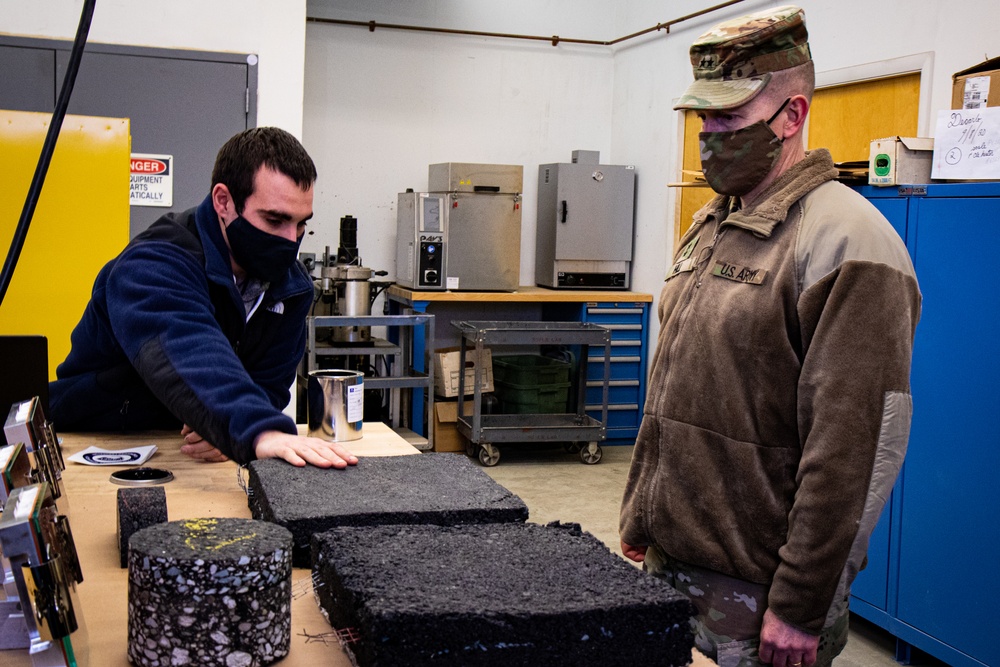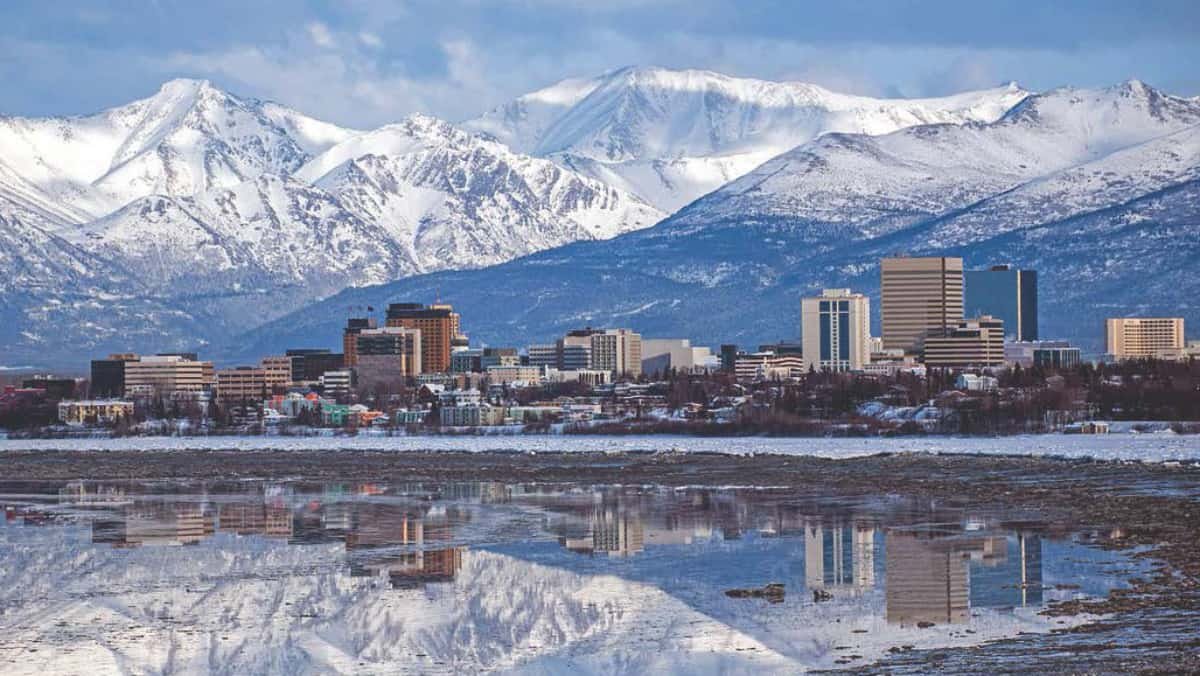Cooking in cold regions is different. The weather affects how people cook. In places with snow and ice, food preparation changes. Let’s explore how this happens.
Understanding Cold Regions
Cold regions are places that have long winters. They often have snow. Some examples include:
- Alaska
- Greenland
- Parts of Canada
- Russia
- Scandinavia
In these areas, the temperature can drop very low. This changes how people find food. It also changes how they cook food.
Finding Food in Cold Regions
In cold regions, food sources are different. People often rely on local resources. They hunt, fish, and gather plants. Let’s look at these sources.
Hunting
Hunting is a big part of life. People hunt animals like:
- Moose
- Caribou
- Seals
- Snow geese
These animals provide meat. The meat is very important for nutrition. It helps keep people warm.
Fishing
Fishing is also common. Many people fish in rivers and lakes. They catch:
- Salmon
- Trout
- Arctic char
Fish is a healthy food. It is rich in omega-3 fatty acids. This is good for heart health.
Gathering Plants
In summer, people gather plants. They pick berries and roots. Common plants include:
- Blueberries
- Cranberries
- Wild onions
These plants add flavor to meals. They are also very nutritious.
Cooking Techniques in Cold Regions
Cold weather changes cooking methods. People must adapt. Here are some popular techniques.
Smoking
Smoking is a common method. It preserves meat and fish. The smoke adds flavor. It also keeps food safe from spoiling.
Drying
Drying is another method. People dry fruits and meats. This helps food last longer. Dried food is easy to store.
Boiling
Boiling is simple and effective. People boil food in water. This method cooks food well. It also makes food safe to eat.

Credit: www.dvidshub.net
Traditional Dishes from Cold Regions
Every culture has special dishes. Here are some traditional foods from cold regions:
Reindeer Stew
Reindeer stew is popular in Scandinavia. It is made with tender meat. Potatoes and carrots are added. This dish is warm and filling.
Salmon Soup
Salmon soup is a favorite in Alaska. It is made with fresh salmon. Vegetables like onions and potatoes are included. This soup is tasty and healthy.
Seal Blubber
In some areas, people eat seal blubber. This is a high-fat food. It provides energy in cold weather. It is often eaten raw or cooked.
Food Storage in Cold Regions
Storing food is important. Cold weather helps with preservation. Here are some ways people store food:
Freezing
Freezing is common. People use natural cold to freeze food. Fish and meat can be stored this way. It keeps food fresh.
Root Cellars
Root cellars are also used. These are cool, underground spaces. They keep vegetables fresh. Potatoes and carrots store well in these places.
Ice Houses
In some areas, ice houses are built. These are structures made of ice. They keep food cold and safe. People store fish and meat inside.
Challenges of Cooking in Cold Regions
Cooking in cold regions has challenges. The weather can make cooking hard. Here are some common problems:
Limited Fresh Produce
Fresh fruits and vegetables can be hard to find. Many are only available in summer. This limits variety in meals.
Heavy Snow
Heavy snow can block roads. This makes it hard to get supplies. People must plan ahead for food.
Fuel Shortages
Fuel for cooking can be hard to find. Many people rely on wood or gas. Shortages can make cooking difficult.
Modern Cooking in Cold Regions
Today, cooking in cold regions is changing. Modern technology helps. Here are some modern tools:
Electric Stoves
Many homes have electric stoves. They make cooking easier. People can cook food quickly and evenly.
Microwaves
Microwaves are popular too. They heat food fast. This saves time in the kitchen.
Food Delivery Services
Food delivery services are available. They bring fresh food to homes. This helps people get what they need.

Credit: doingmoretoday.com
Frequently Asked Questions
How Does Cooking Differ In Cold Regions?
Cooking in cold regions often uses different ingredients and methods. People focus on hearty meals, using preserved foods.
What Foods Are Popular In Cold Climates?
Popular foods include root vegetables, grains, and meats. These ingredients provide energy and warmth during cold weather.
How Do Cold Temperatures Affect Cooking?
Cold temperatures slow down cooking times. It may take longer for food to reach the right temperature.
What Cooking Methods Are Common In Cold Regions?
Common methods include roasting, stewing, and baking. These methods keep food warm and flavorful.
Conclusion
Cooking in cold regions is unique. The weather affects food choices. Hunting, fishing, and gathering are important. Traditional methods like smoking and drying help preserve food. Challenges exist, but modern tools make cooking easier.
People in cold regions create amazing meals. They use local ingredients and traditional methods. These foods are not only delicious but also nourishing. Understanding how they cook helps us appreciate their culture.
Next time you enjoy a warm meal, think of those in cold regions. Their cooking methods tell a story of survival and adaptation.

